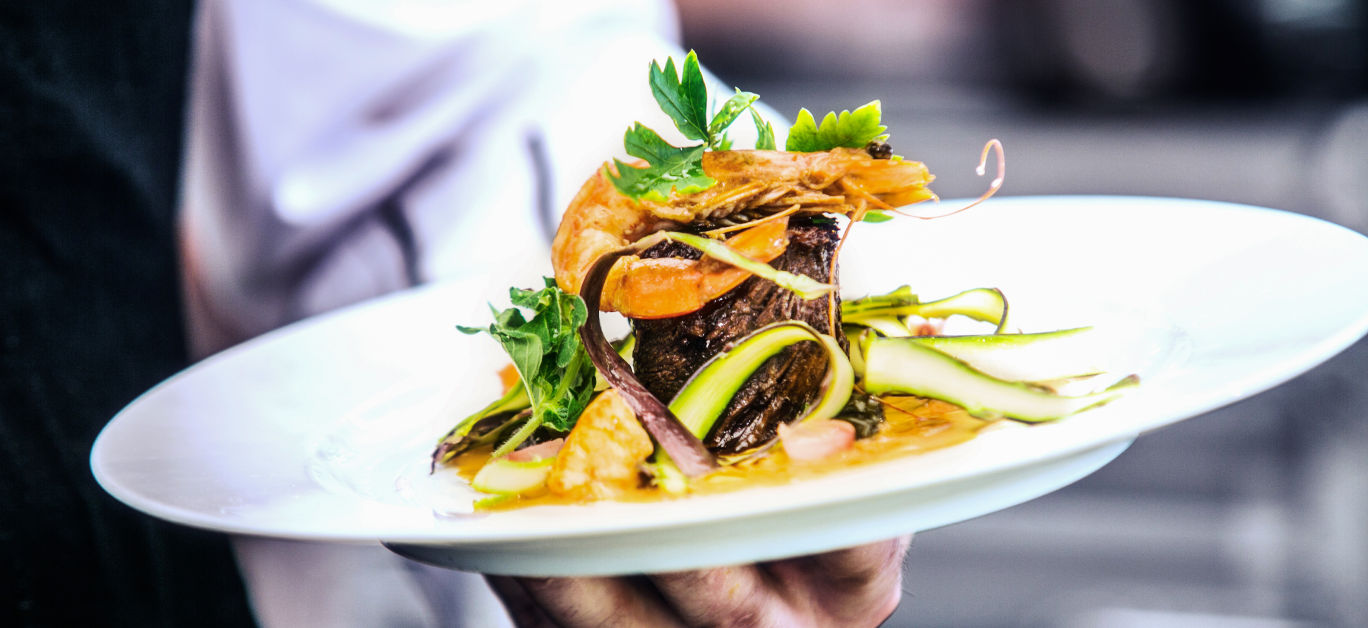If you are a regular on the refined restaurant scene you will no doubt have stared in awe at times at some of the artfully presented plates of food that are placed in front of you. You will be aware that the way ingredients are displayed has been carefully considered and this all adds to the experience for the diner, especially in a world where those food photos make their way way to Instagram in record time.
If you have ever wondered what it takes to get these dishes up to the exquisite level that they are, you may wonder no more for professional chef Gabrielle Masefield is here to show us how it’s done.
An experienced chef, Gabrielle specialises in healthy modern cuisine and is trained in multiple different disciplines from traditional French cooking to modernist raw vegan cuisine as well as holding a diploma in holistic nutrition from the School of Natural Health Sciences.
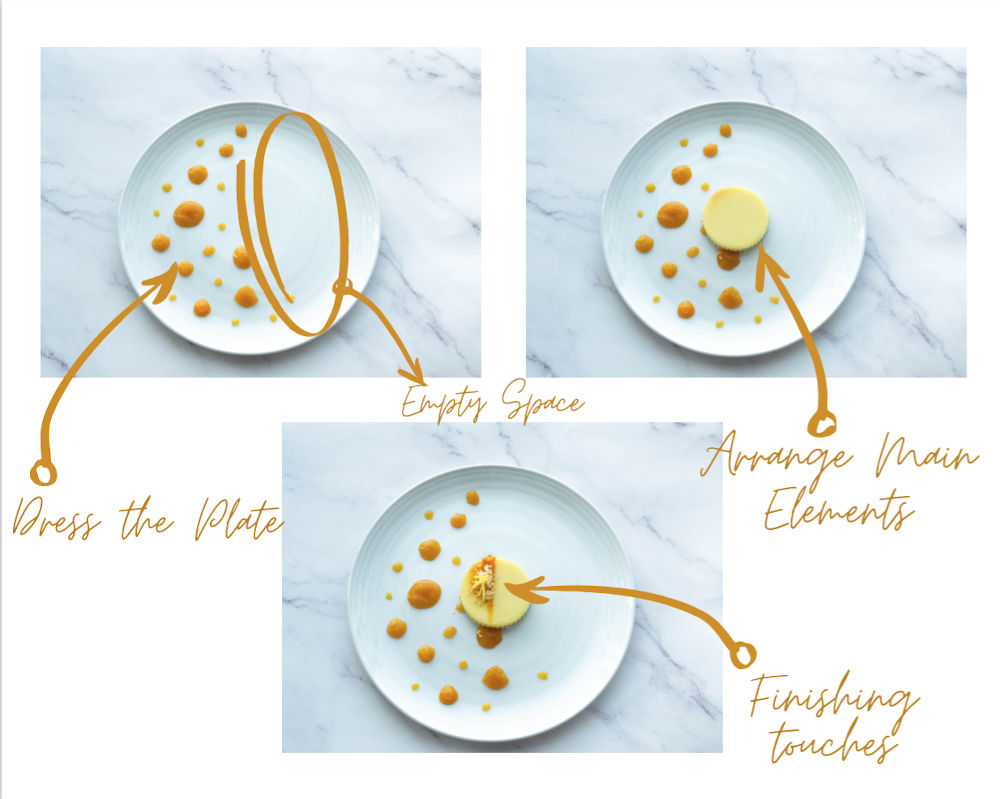
Gabrielle’s goal is to encourage and inspire others to release many common diet rules and reduce their anxiety and uncertainty around cooking. She focuses on creating enjoyment and a sense of fun in her dishes rather than any strict rules around particular diets, exclusion of certain ingredients or food groups. Gabrielle creates instead a relaxed ethos of inclusion and balance towards cooking, eating and nutrition concepts as well as joy and community through food.
“We first eat with our eyes. Taking a moment to be thoughtful and mindful about how your food is presented makes a huge difference to how you enjoy and savour your meal,” says the chef. “Even the most mundane dish can look delicious, polished and intentional, creating excitement about food before the first bite is taken. Even the most regular weeknight meal can be a beautifully presented and enticing plate of food!”
We asked Gabrielle to share with us her expertise on the art of plating up a dish like a professional, so the next time you’re planning for that dinner party for six, use this as your expert guide to wow your guests.
The five stages of plating
1 – Design
2 – Mise en Place
3 – Dress the Plate
4 – Arrange the main elements
5 – Finishing touches
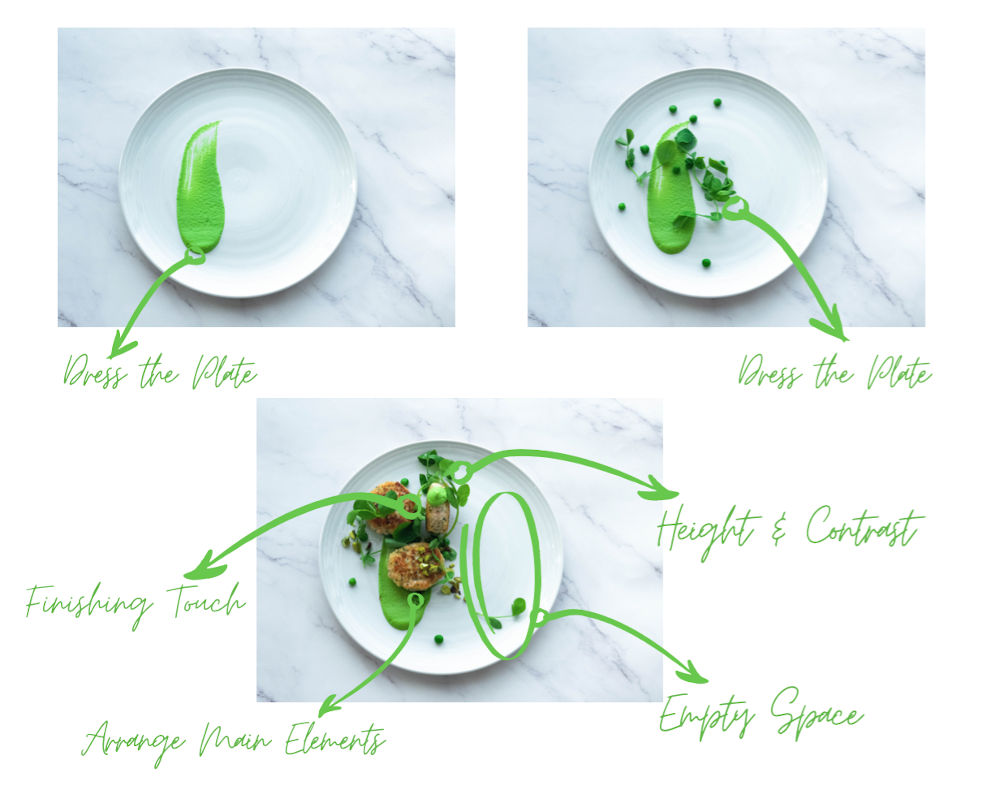
1. Design
Choice of dish – Choose the plate, bowl or dish that complements the meal itself and how you intend to consume it as well as which might look most appealing. If in doubt, always choose a simple white plate or bowl, a blank canvas is great to work from.
“Plates should never be allowed to upstage the food that sits on them” – Nigel Slater.
Odd numbers – A basic design principle that applies to most visual arts. Odd numbers are more organic and more attractive than something arranged in pairs which looks too symmetrical and contrived.
Geometry/shapes – Creating form and shape in a dish such as a circular area of sauce or placing elements in a row is appealing to the eye. Our brains visually group things together and create continuity according to Gestalt Principles, so incorporating this into food presentation helps make a dish more inviting.
Negative space – leaving areas of empty plate when creating a dish allows the eye to discern details and absorb what is present. When a plate is stuffed full it’s difficult to absorb the different elements without space to let them breathe. Having negative space surrounding your subject creates definition and proportion.
“White space is like a canvas: it’s the background that holds the elements together in a design, enabling them to stand out” – Mads Soegaard.
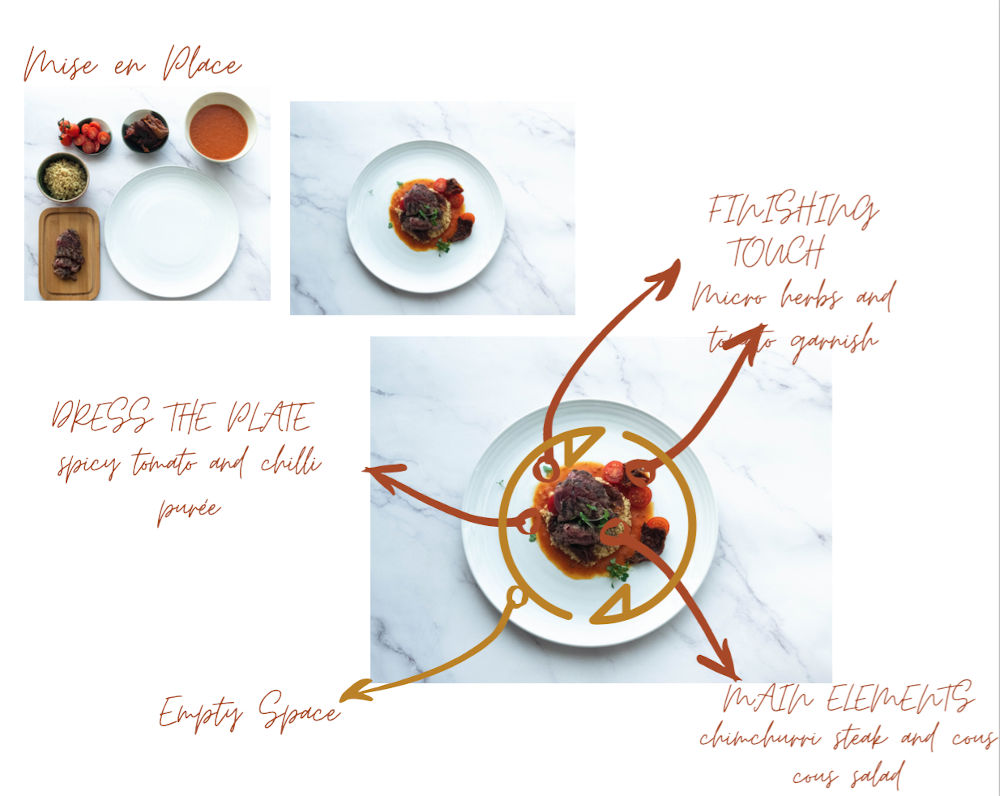
Colours – This will be dictated by what you’re cooking but you can still be thoughtful about it. If creating a dish heavy with certain colours, think about the colour spectrum and what might complement these. Or you can stay with one colour story and use varying shades and tones within this.
Contrast – Contrasting textures, flavours, colours and shapes on a plate create interesting dynamics, sophistication and balance. Diverse textures are visually interesting but also profoundly important for edible enjoyment. If the dish is mostly a creamy texture, ensure there is a contrasting crunch, crumble or crisp to cut through those silky textures. This also applies to flavour, if everything is sweet or rich, ensure there is also sharpness or acidity to provide a counterpoint.
Height – Creating some varying heights, layers and dynamics with ingredients of the dish increases interest and energy and prevents it from literally falling flat.
2. Mise en place
Meaning ‘everything in its place’ this is just a practical step when you’re cooking and ready to begin plating your food. Have all the elements neatly organised and ready to go. It will make the process of arranging and serving a beautiful plate of food much quicker and run more smoothly.
3. Dress the Plate
Decorating the plate with certain sauces, dressings and purées is best to do first. It gives your plate some structure and design to work from. It is a good way to define space on the plate and form a good base layer for the plating.
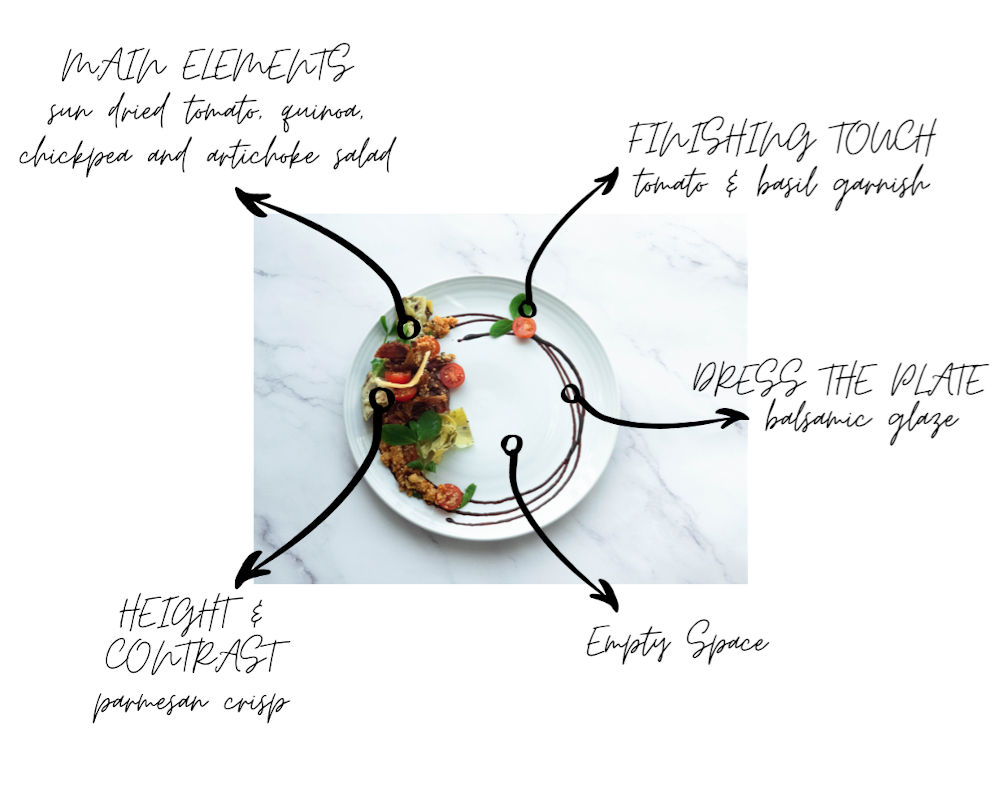
4. Arrange the main elements
Place these thoughtfully on the dressed plate. What is the main focus of the dish? Think about how the different elements relate to each other and which order and combination they should be eaten. How will they look most attractive and make sense?
5. The finishing touches
“In cooking there is always room for careful tinkering.” – Nigella Lawson.
These final touches should be edible, add to the dish, complement the flavour and be either of contrasting texture or colour to pull together contrasting elements already present.
There’s nothing more pointless than a random sprig of woody rosemary on a plate when there isn’t rosemary in the dish. It’s thrown on for a token piece of garnish with no thought about whether it will complement the flavours in the dish, be enjoyable to eat or add to the dish.












